To clean the AC condenser, turn off power, remove debris around the unit, trim vegetation, and gently clean the fins with a soft brush or vacuum. Spray with a coil cleaner, and straighten any bent fins.
Discovering the intricacies of AC maintenance is crucial for optimal performance. As a beginner, understanding how to clean the AC condenser is a fundamental step in ensuring your cooling system runs efficiently. Neglecting this essential task can lead to decreased efficiency and increased energy consumption. In this guide, we unravel the simple yet vital process of cleaning the AC condenser, empowering you to enhance your cooling system’s longevity and keep your space comfortable. Let’s delve into the basics of AC condenser cleaning and pave the way for a well-maintained cooling experience.
Understanding the AC Condenser
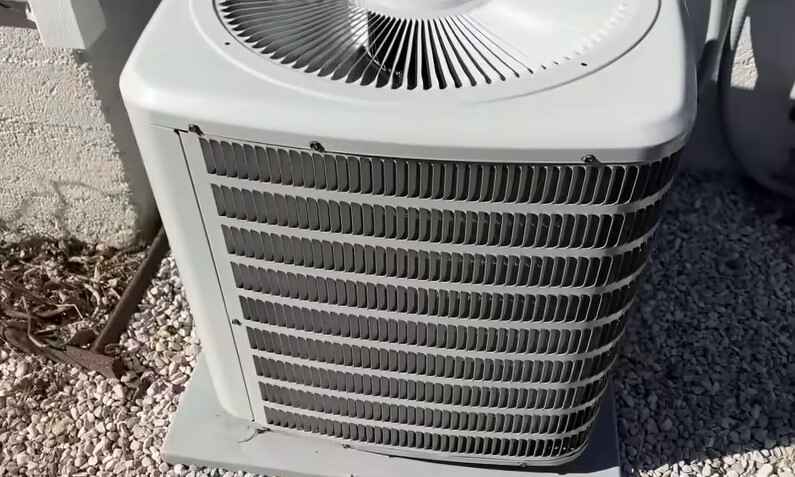
A. Role of the AC Condenser in the Cooling Process:
The air conditioning (AC) condenser plays a crucial role in the cooling process of an air conditioning system. Its primary function is to release heat absorbed by the refrigerant during the cooling cycle. Here’s a brief overview of the cooling process:
1. Compression: The refrigerant in the AC system starts in a gaseous state and is compressed by the compressor. This compression raises its temperature and pressure.
2. Condensation: The high-pressure, high-temperature refrigerant gas then flows to the condenser coil located in the outdoor unit. The AC condenser facilitates the release of heat from the refrigerant to the surrounding air.
3. Cooling: As the refrigerant loses heat, it undergoes a phase change from a gas to a high-pressure liquid. This cooled liquid is then sent to the evaporator coil inside the indoor unit.
4. Expansion: In the evaporator coil, the refrigerant expands, absorbing heat from the indoor air, and returns to a low-pressure gas state.
5. Evaporation: The refrigerant, now in a low-pressure gas form, returns to the compressor to restart the cycle.
B. Components of the Condenser Unit and Their Functions:

1. Condenser Coil: The coil is a network of tubes or pipes that carry the high-pressure, high-temperature refrigerant. The coil facilitates the transfer of heat from the refrigerant to the air.
2. Condenser Fan: The condenser unit is equipped with a fan that helps in dissipating heat. It draws air through the coil, aiding the process of heat exchange.
3. Compressor: While not physically located in the condenser unit, the compressor is an integral part of the overall cooling process. It pressurizes the refrigerant, initiating the cycle.
C. Signs of a Dirty or Clogged Condenser:
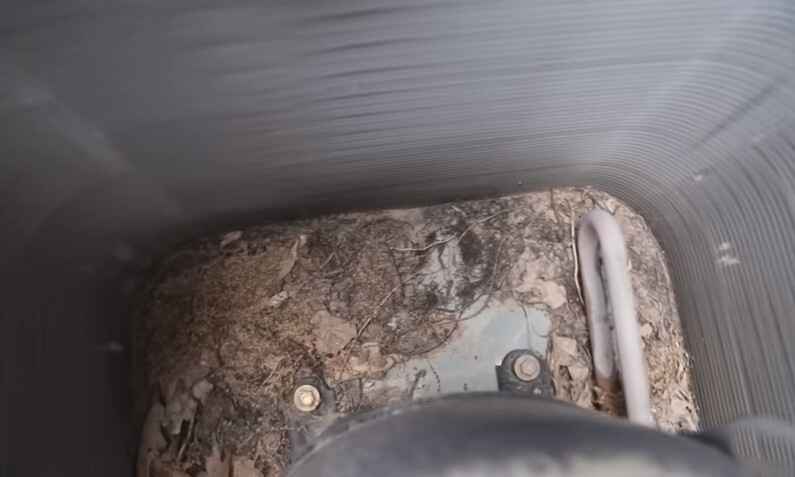
A dirty or clogged condenser can lead to inefficient heat exchange and reduced cooling efficiency. Common signs include:
1. Reduced Cooling Performance: If your AC is not cooling as effectively as it used to, it could be a sign that the condenser is not functioning optimally.
2. Higher Energy Bills: Reduced efficiency often results in increased energy consumption, leading to higher electricity bills.
3. Hot Air from Outdoor Unit: If the air blown out by the outdoor unit feels warmer than usual, it may indicate an issue with the condenser.
4. Visible Dirt or Debris: Inspect the condenser unit for visible dirt, debris, or vegetation. Accumulated dirt on the coils can hinder heat exchange.
5. Unusual Noises: Excessive dirt or debris can cause the condenser fan to work harder, producing unusual noises.
Regular maintenance, such as cleaning the condenser coils and ensuring proper airflow, is essential to keep the AC system running efficiently. Cleaning or addressing issues with the condenser can be part of routine HVAC maintenance to prevent problems and maintain optimal performance.
Tools and Materials Needed

A. List of tools required for cleaning
Screwdriver:
Use a screwdriver to remove the access panels or grills covering the condenser coils. This allows you better access for cleaning.
Coil Cleaner:
Choose a specialized coil cleaner designed for HVAC systems. This helps in breaking down and removing dirt, dust, and debris from the coils.
Soft Brush or Vacuum Cleaner:
A soft brush or a vacuum cleaner with a brush attachment can be used to gently remove loose dirt and debris from the coils, fins, and other components. Avoid using stiff brushes that may damage the coils.
Fin Comb:
A fin comb helps straighten bent or damaged fins on the condenser unit. This ensures proper airflow and efficient heat exchange.
B. Importance of Safety Gear:
Gloves:
AC condensers can accumulate dirt, dust, and even mold. Wearing gloves protects your hands from coming into direct contact with these substances, reducing the risk of skin irritation or allergic reactions.
Safety Glasses:
When cleaning the condenser coils, there’s a possibility of debris or cleaning solution splashing. Safety glasses help protect your eyes from any accidental splashes, ensuring a safer cleaning process.
Protective Clothing:
Depending on the condition of the condenser, wearing long sleeves and pants can provide additional protection against dirt, chemicals, or sharp edges.
Respirator or Mask:
If you’re using strong cleaning chemicals or working in a dusty environment, wearing a respirator or mask can protect you from inhaling harmful particles or fumes.
Closed-toe Shoes:
Ensure you wear closed-toe shoes to protect your feet from any dropped tools or sharp objects around the condenser unit.
Always refer to the manufacturer’s guidelines and safety instructions before performing any maintenance on your AC condenser. Additionally, if you’re not comfortable or experienced with HVAC maintenance, it’s advisable to seek professional assistance.
Preparing for the Cleaning Process

Preparing for the cleaning process of an AC condenser is crucial to ensure safety and effectiveness. Here’s a step-by-step guide:
A. Turn off the Power to the AC Unit:
Locate the electrical disconnect switch near the condenser unit.
Flip the switch to the “off” position. This ensures that there is no electrical power flowing to the condenser while you are working on it.
B. Clear Debris and Vegetation Around the Condenser:
Remove any leaves, twigs, or debris from the top and sides of the condenser unit.
Trim any vegetation or plants around the condenser to maintain at least a 2-foot clearance for proper airflow.
C. Inspect the Condenser for Visible Damage or Issues:
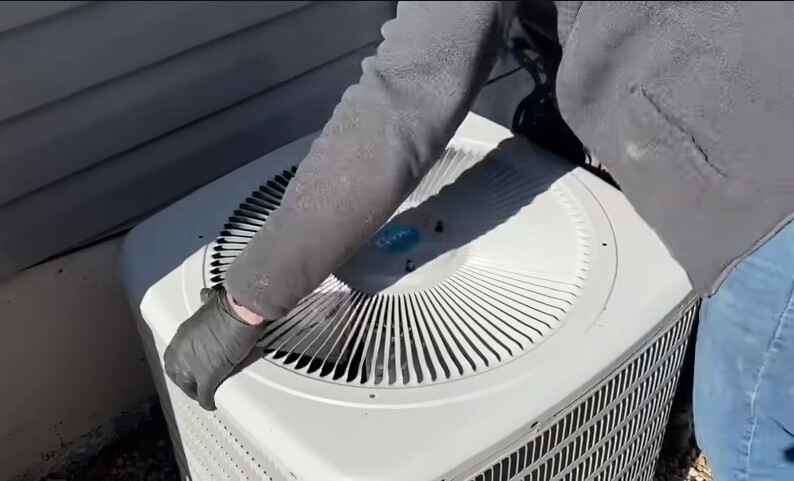
Visually inspect the condenser unit for any signs of damage, such as bent or damaged fins, loose or disconnected wires, or visible refrigerant leaks.
Check for any obstructions inside the unit, like nests or debris that may have accumulated.
Cleaning the AC Condenser: Step-by-Step Guide
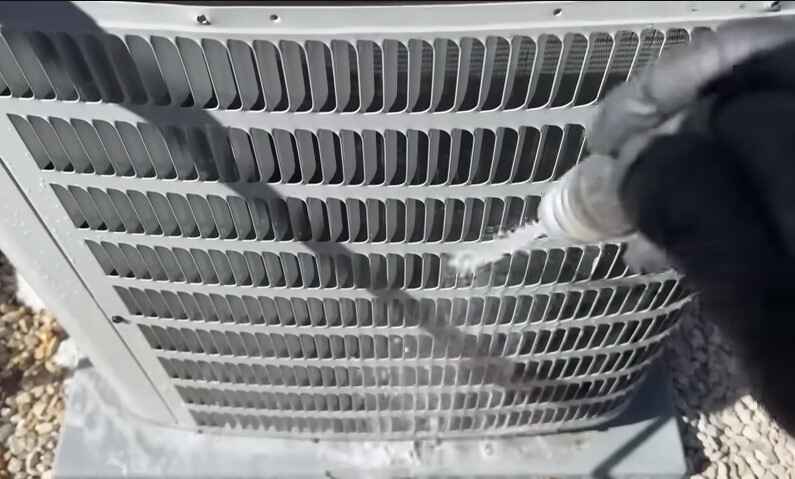
Cleaning your AC condenser is an essential maintenance task that helps ensure optimal performance and efficiency of your air conditioning system. Follow these step-by-step instructions to clean the AC condenser thoroughly:
A. Removing the Outer Cover:
1. Turn off the power: Locate the disconnect switch near the condenser unit and turn it off to ensure your safety during the cleaning process.
2. Remove screws or fasteners: Use a screwdriver or the appropriate tool to loosen and remove the screws securing the outer cover. Keep the screws in a safe place for reassembly.
3. Lift off the cover: Carefully lift the outer cover, exposing the internal components of the condenser unit.
B. Cleaning the Fins and Coils:
1. Using a Coil Cleaner:
a. Spray the coils: Apply a foaming coil cleaner to the coils. Follow the manufacturer’s instructions regarding the application and dwell time.
b. Allow the cleaner to work: Let the coil cleaner sit on the coils for the recommended duration. This allows it to break down and loosen dirt, grime, and contaminants.
2. Gently Brushing Away Dirt and Debris:
a. Use a soft brush: Gently brush the fins and coils to remove any remaining dirt or debris. Be careful not to damage the delicate fins.
b. Work in a top-down motion: Start from the top and work your way down to ensure that dirt falls away from the coils.
C. Straightening Bent Fins with a Fin Comb:
1. Inspect the fins: Examine the fins for any bends or damage. Bent fins can restrict airflow and reduce efficiency.
2. Use a fin comb: Carefully comb through the bent fins using a fin comb. This tool is specifically designed to straighten the fins without causing further damage.
3. Straighten the fins: Gently run the fin comb through the bent fins, straightening them as you go. Take your time to ensure each fin is properly aligned.
D. Cleaning the Surrounding Area for Optimal Airflow:

1. Clear debris: Remove any leaves, grass, or other debris around the condenser unit. Trim any vegetation to maintain at least a two-foot clearance around the unit.
2. Ensure proper airflow: Adequate airflow is crucial for the condenser’s efficiency. Make sure there are no obstructions that could impede the flow of air.
E. Replacing the Outer Cover Securely:
1. Position the cover: Carefully place the outer cover back onto the condenser unit, ensuring that it aligns correctly.
2. Secure with screws: Reattach the screws or fasteners to secure the cover in place. Tighten them securely but avoid overtightening to prevent damage.
3. Turn on the power: Return to the disconnect switch and turn the power back on to the condenser unit.
Regularly cleaning your AC condenser using these steps helps maintain optimal performance and extends the lifespan of your air conditioning system. Perform this maintenance task at least once a year or as needed based on environmental conditions.
Tips for Safe and Effective Cleaning
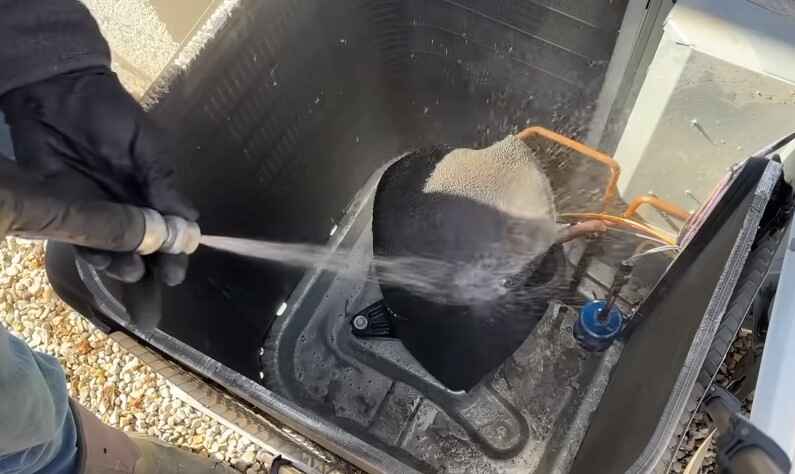
Cleaning the AC condenser is crucial for maintaining the efficiency and longevity of your air conditioning system. Here are some tips for safe and effective cleaning:
A. Caution against using high-pressure water:
1. Reason: High-pressure water can damage the delicate fins of the condenser coil, reducing its efficiency.
2. Tip: Use a garden hose with a nozzle attachment or a low-pressure sprayer to clean the condenser coil gently. Make sure the water pressure is not too intense to avoid bending the fins.
B. Avoiding the use of harsh chemicals:
1. Reason: Harsh chemicals can corrode the condenser coil, leading to long-term damage.
2. Tip: Use a mild detergent or a specially formulated coil cleaner recommended by the manufacturer. Dilute it according to the instructions and apply it using a soft brush or spray bottle.
C. Checking for any signs of refrigerant leaks:
1. Reason: Refrigerant leaks can be harmful to the environment and reduce the efficiency of your AC system.
2. Tip: Inspect the condenser for any oily or greasy residue, which may indicate a refrigerant leak. If you suspect a leak, it’s essential to contact a professional HVAC technician to address the issue.
D. Regular maintenance schedule for optimal performance:
1. Reason: Regular maintenance helps prevent major issues and ensures the optimal performance of your air conditioning system.
2. Tip: Establish a routine maintenance schedule that includes cleaning the condenser coils, checking for leaks, and inspecting other components. Follow the manufacturer’s guidelines for maintenance intervals.
Remember that while these tips cover general cleaning and maintenance, it’s crucial to refer to your AC unit’s specific manual for manufacturer recommendations and guidelines. If you’re unsure or uncomfortable performing maintenance tasks, consider hiring a professional HVAC technician to ensure the job is done correctly and safely.
Common Mistakes to Avoid
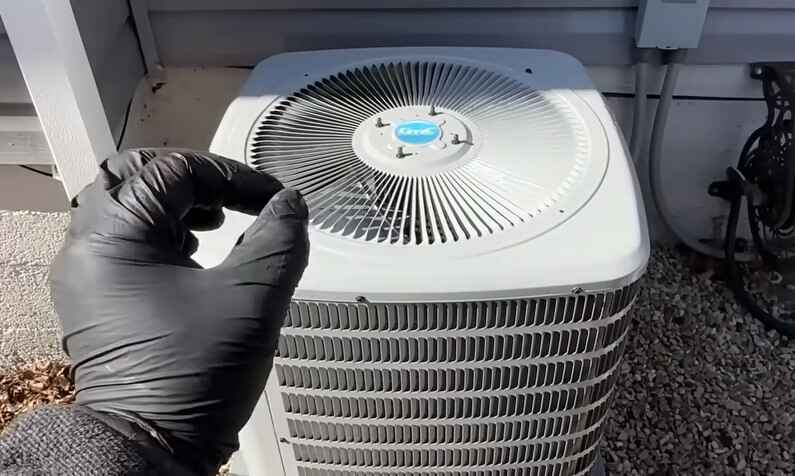
Cleaning the AC condenser is an important part of maintaining your air conditioning system’s efficiency. However, there are some common mistakes that people make when cleaning the AC condenser. Here are a few to avoid:
1. Not Turning Off the Power:
Safety should be a top priority. Always turn off the power to the AC unit before starting any cleaning or maintenance. This helps prevent accidents and injuries.
2. Using a Pressure Washer:
While it might be tempting to use a pressure washer to clean the condenser coils, this can actually damage the delicate fins. High-pressure water can bend or flatten the fins, reducing the efficiency of the unit. Instead, use a garden hose with a nozzle attachment.
3. Using Harsh Cleaning Chemicals:
Avoid using harsh chemicals, such as bleach, to clean the condenser coils. These chemicals can cause damage to the fins and other components of the unit. Instead, use a mild detergent or a commercially available coil cleaner designed for AC systems.
4. Brushing Fins Incorrectly:
If you use a brush to clean the fins, be gentle. Using a stiff brush or brushing the fins too forcefully can cause damage. It’s best to use a soft brush or a fin comb specifically designed for cleaning AC fins.
5. Neglecting Surrounding Debris:
The area around the condenser should be free of debris such as leaves, grass, and other vegetation. Ensure there is at least 2 feet of clearance around the unit to allow for proper airflow. Regularly clean the area to prevent debris from blocking the airflow to the condenser.
6. Not Checking for Levelness:
The condenser unit should be level on the ground. If it’s not, it can put strain on the compressor and other components. Use a level to check and correct the levelness of the unit.
7. Ignoring the Filter:
While not directly related to the condenser, a dirty or clogged air filter can reduce the efficiency of the entire HVAC system. Make sure to replace or clean the air filter regularly.
8. Not Performing Regular Maintenance:
Cleaning the condenser is just one aspect of HVAC system maintenance. Regular professional maintenance, including checking refrigerant levels and inspecting other components, is essential for optimal performance.
Remember that if you are unsure about any aspect of cleaning or maintaining your AC condenser, it’s best to consult with a professional HVAC technician to avoid causing damage or voiding warranties.
Conclusion
In conclusion, maintaining a clean AC condenser is essential for optimal cooling performance and energy efficiency. Regular cleaning not only prolongs the lifespan of your unit but also ensures a healthier indoor air quality. By following the step-by-step guide outlined in this post, you empower yourself to tackle this crucial task with confidence. Remember, a well-maintained AC condenser not only saves you money on energy bills but also contributes to a more sustainable and eco-friendly home environment. Make cleaning your AC condenser a routine part of your seasonal maintenance, and enjoy the cool comfort and efficiency it brings to your living space.


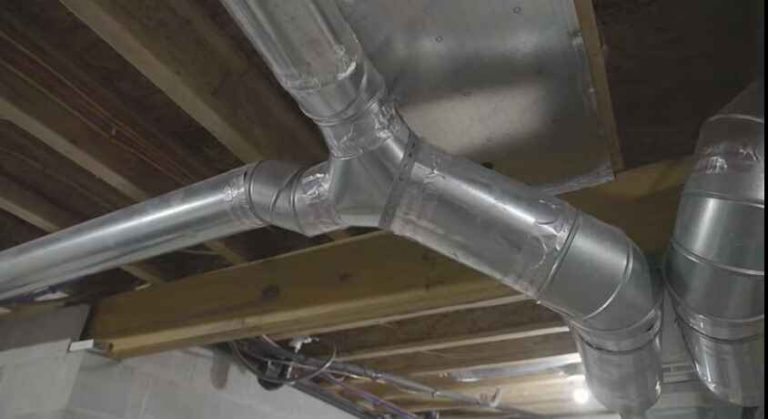
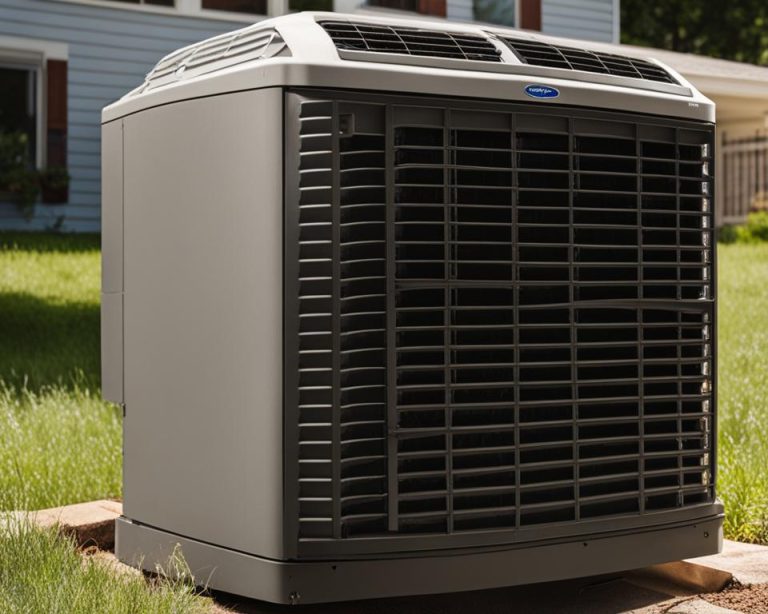
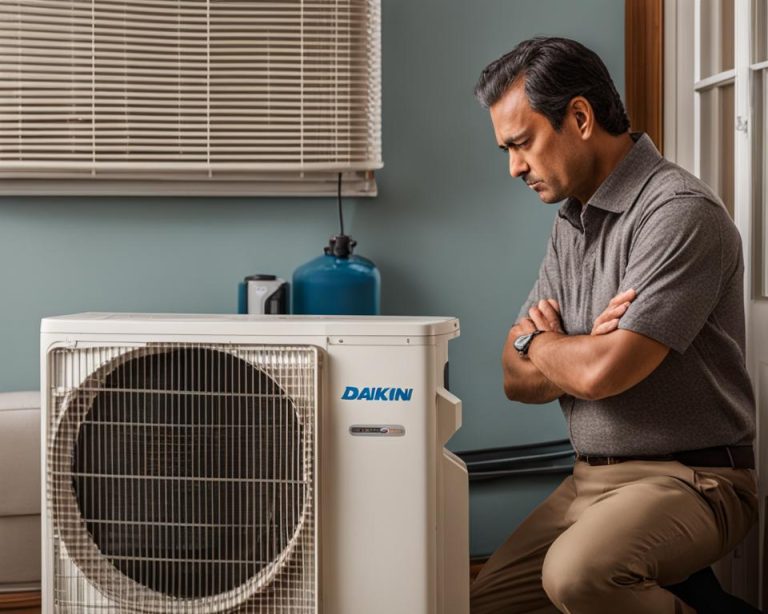
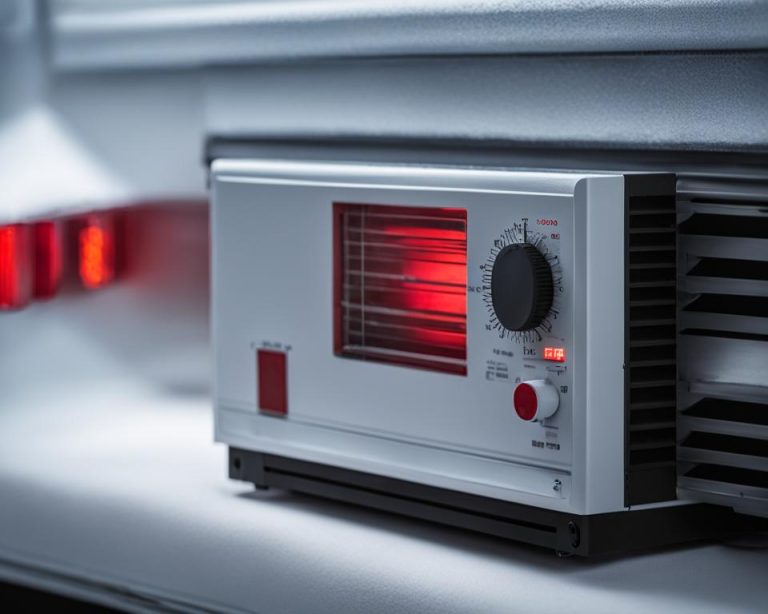
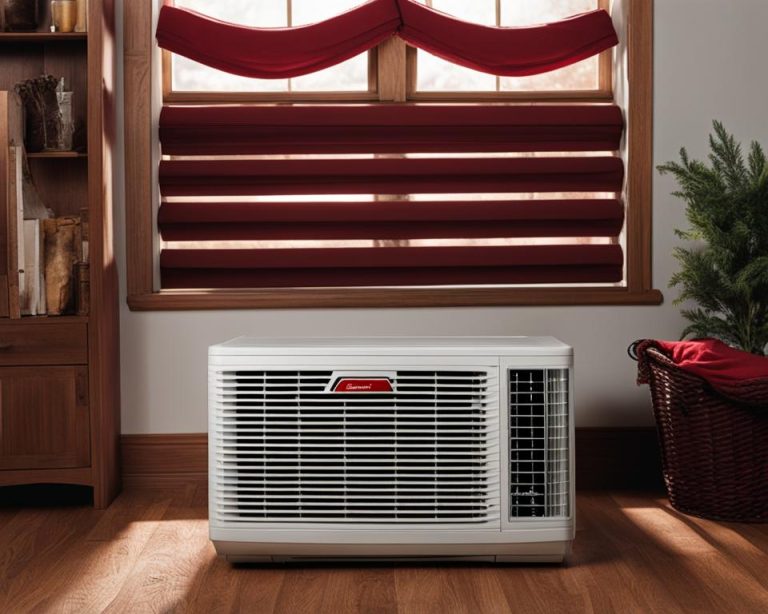
15 Comments